Bone marrow is a type of semi-solid tissue that fills the inside of the spongy parts of bones. This element is essential for the body to function correctly in humans and animals, mainly birds and mammals.
The primary function of this characteristic tissue is the process associated with the production of blood cells. Bone marrow is already present in infants and adults. It is mainly found in the pelvis, sternum, ribs, and vertebrae bones. The bone marrow has a specific structure consisting of fat cells, blood-forming cells, and supporting stroma cells.

As the human body ages and matures, hematopoietic cells dominate over fat cells. Bone marrow disorders can cause abnormalities in the production of blood morphotic elements. It can result in excessively high and excessively low individual blood cell counts. The primary diagnostic test for bone marrow disease is a complete peripheral blood count with smear, which indicates abnormalities in the production of blood components. The specific test for hematological diseases is a bone marrow biopsy or transplant.
The appearance of the bone marrow is challenging to characterize due to its specific structure and location. Also, the representation of bone marrow in imaging studies needs to be revised because bone marrow is surrounded by opaque bone![]() . It makes direct observation difficult and requires special preparation for analytical purposes. Bone marrow can be divided into two types because of its dynamic composition—the composition of bone marrow tissue changes with age. Systemic factors can also contribute to changes in bone marrow composition. The two main types of bone marrow include:
. It makes direct observation difficult and requires special preparation for analytical purposes. Bone marrow can be divided into two types because of its dynamic composition—the composition of bone marrow tissue changes with age. Systemic factors can also contribute to changes in bone marrow composition. The two main types of bone marrow include:

This type of bone marrow is commonly referred to as red, and its name is associated with the predominance of hematopoietic cells over fat cells. Only this type of bone marrow is found in the bones of newborn babies. It is haematopoetically active and contributes to the baby's normal development.
This type of bone marrow is commonly called yellow and is characterized by its lack of hematopoietic properties. Its primary function is to accumulate fat cells or adipocytes, which can be used by the body as an energy source when needed. Under special conditions, such as severe blood loss or fever, the yellow marrow can change into red bone marrow. This type of bone marrow does not occur in infants.
Bone marrow (BM) is used to describe the characteristic tissue in the human body. The tissue fills the interior of the marrow cavities of long-term bones and the inter-bone spaces of the spongy substance of bone. In addition to the interior of the long-term bones that make up the limbs, marrow is also present inside the ribs, individual vertebrae, the sternum, and the bones that make up the pelvis and the skull.
The bone marrow is a special place for hematopoiesis![]() . The tissue has a unique microenvironment that provides the conditions for the formation of blood cells needed to sustain life. The bone marrow produces hundreds of billions of new blood morphotic elements in a healthy individual daily. The bone marrow produces the following blood elements:
. The tissue has a unique microenvironment that provides the conditions for the formation of blood cells needed to sustain life. The bone marrow produces hundreds of billions of new blood morphotic elements in a healthy individual daily. The bone marrow produces the following blood elements:
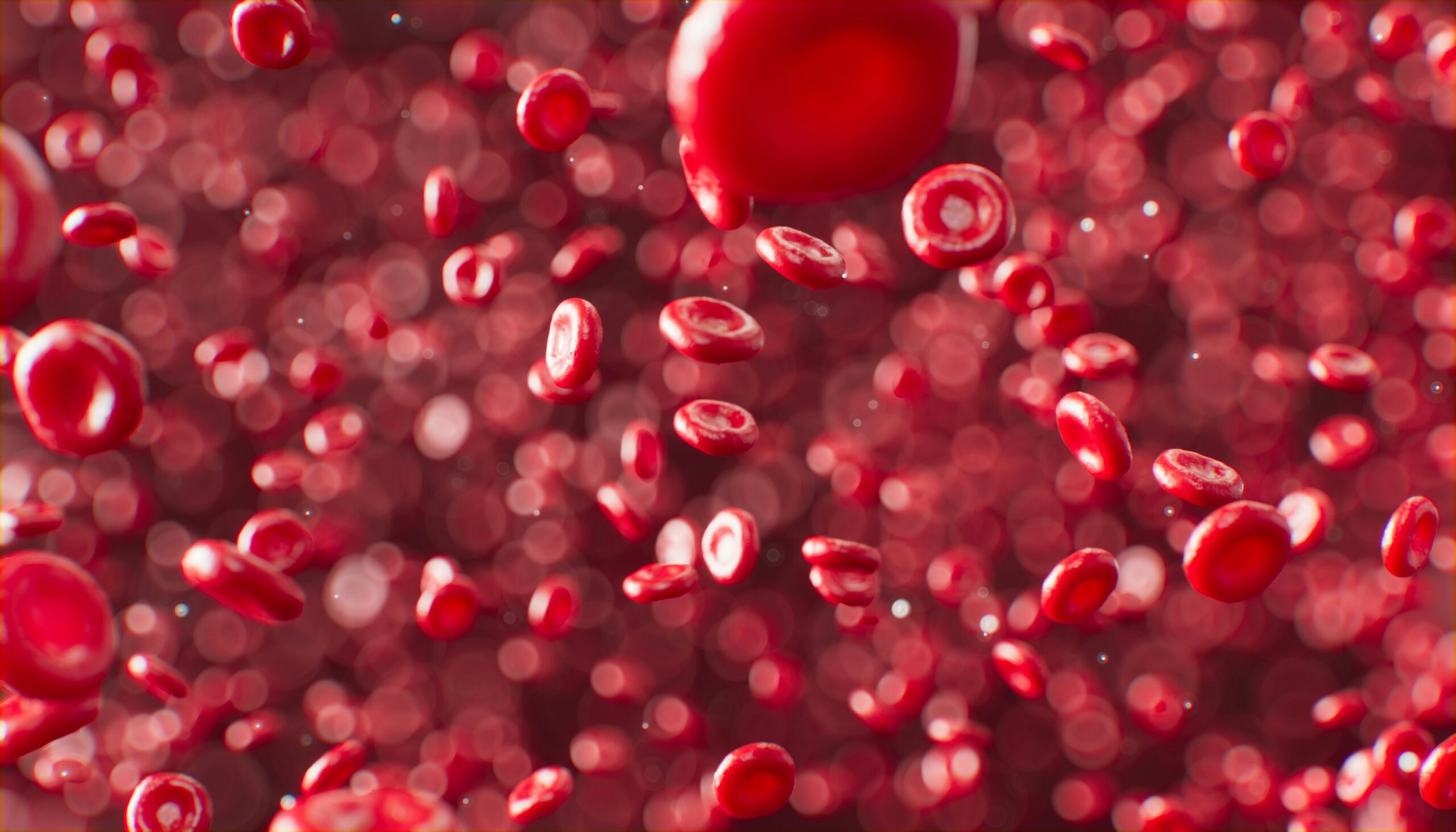
Leukocytes are specialized white blood cells with limited metabolism. They are produced in the bone marrow and pass into the other tissues. Their primary role is to protect the body from various threats. Leukocytes are a heterogeneous group of cells that make up the immune system. White blood cells have specific goals in the body, which protect against many types of infection and disease. Abnormal white blood cell values indicate infection, autoimmune diseases, and other conditions.
Erythrocytes are red blood cells that resemble a biconcave disc in appearance. This component produced by the bone marrow is responsible for oxygen transport in the human body. They require iron, various vitamins, and minerals for their production. With the help of hemoglobin, these blood components can efficiently bind oxygen from the inhaled air in the lungs and then project molecules of this element into the tissues throughout the body. In addition, erythrocytes are also involved in carbon dioxide transport and influence the acid-base balance. An abnormal erythrocyte count can indicate several diseases. Usually, a red blood cell level test is recommended when anemia is suspected.
Thrombocytes are platelets formed by thrombopoiesis through fragmentation of the cytoplasm of cells. These components are much smaller than erythrocytes but also have essential functions. The primary function of thrombocytes is to participate in the blood clotting process. In a vessel rupture, platelets settle on the subendothelial matrix, fuse, and form a platelet plug. Platelets are also involved in secondary or plasma hemostasis and stimulate fibroblast growth, smooth muscle cell growth, and vascular growth. Where thrombocyte counts are below average, coagulation disorders occur. An elevated platelet count is also an abnormality that can cause symptoms.
Any disorder related to bone marrow function can cause various diseases and conditions. Most mainly, it causes disorders in the production of blood morphotic elements. Causes of these include both genetic and environmental factors. Bone marrow diseases include:

Leukemia is a malignant disease that occurs in acute or chronic types—multipotent stem cells' proliferation occurs in the bone marrow or lymph nodes. Leukemia causes quantitative or qualitative changes in the white blood cells in the peripheral blood. There are various types of leukemia.
In acute leukemias, white blood cells have a dynamic proliferation, simultaneously inhibiting their maturation and displacement of normal marrow cells. Chronic leukemias are characterized by an excessive proliferation of mature white blood cells and, in most cases, a benign and long-term course. The intensity and severity of symptoms in leukemias depend mainly on the type of the disease. The standard of treatment for leukemias is based on intensive chemotherapy.
Anemia is a prevalent medical condition described by reduced hemoglobin levels in the body. Anemia may be accompanied by changes in blood morphology, such as reduced erythrocyte levels, changes in red cell volume depending on the cause, and a reduced hematocrit index, which determines the ratio of erythrocyte volume to whole blood volume.
Various types of anemia are distinguished depending on the severity of the disease, and the most severe form can be life-threatening. Often, anemia results from an iron-poor diet, but it can also have a more severe cause. It can take the form of an acquired or congenital disease through impairment of the bone marrow. This type of anemia is aplastic anemia![]() and requires specialized treatment and care.
and requires specialized treatment and care.
Multiple myeloma is a disease, a blood cancer characterized by the uncontrolled and disseminated formation of altered plasmocytes in the body. To date, no specific causes of multiple myeloma have been identified. Scientists suspect that long-term bacterial or viral infections contribute to its development.
Myeloma has a multistage course; a common first symptom is bone pain resulting from bone destruction by the tumor. In multiple myeloma, treatment depends on the patient's general condition, co-morbidities, and the toxicity of the proposed therapy. The prognosis of MM depends on how advanced the disease is, the patient's general condition, and how the patient responds to treatment.
Myeloproliferative neoplasms are belong to hematopoietic system diseases, specifically chronic bone marrow diseases. Myeloproliferative neoplasms usually develop very slowly. The diseases cause disorders that lead to an uncontrolled proliferation of one or more basic morphotic elements of the blood. Myeloproliferative neoplasms have a genetic basis.
The group of MPN diseases includes mastocytosis. Symptoms and their severity depend on the type of specific disease. In the course of myeloproliferative neoplasms, systemic symptoms appear, which make proper diagnosis difficult. A characteristic feature of myeloproliferative neoplasms is the propensity for thrombosis to occur.
Myelodysplastic syndromes are a group of malignancies characterized by dysplasia and hyperplasia of the bone marrow, a deficiency of one or more types of blood morphotic elements. The diseases are caused by a genetic mutation of a blood tumor and are marked by the possibility of progressing to acute myeloid leukemia.
Myelodysplastic syndromes can cause death due to complications of erythrocyte, lymphocyte, or thrombocyte deficiency. Uncharacteristic symptoms characterize the syndrome, which is easily confused with different diseases. The treatment method is adapted depending on the cause, symptoms, age, and patient's general condition.
Detection of bone marrow-related diseases is relatively straightforward, mainly based on blood counts. Diseases of the hematopoietic system are dealt with by a branch of medicine called hematology. The hematology doctor usually carries out the diagnosis and treatment of bone marrow diseases.
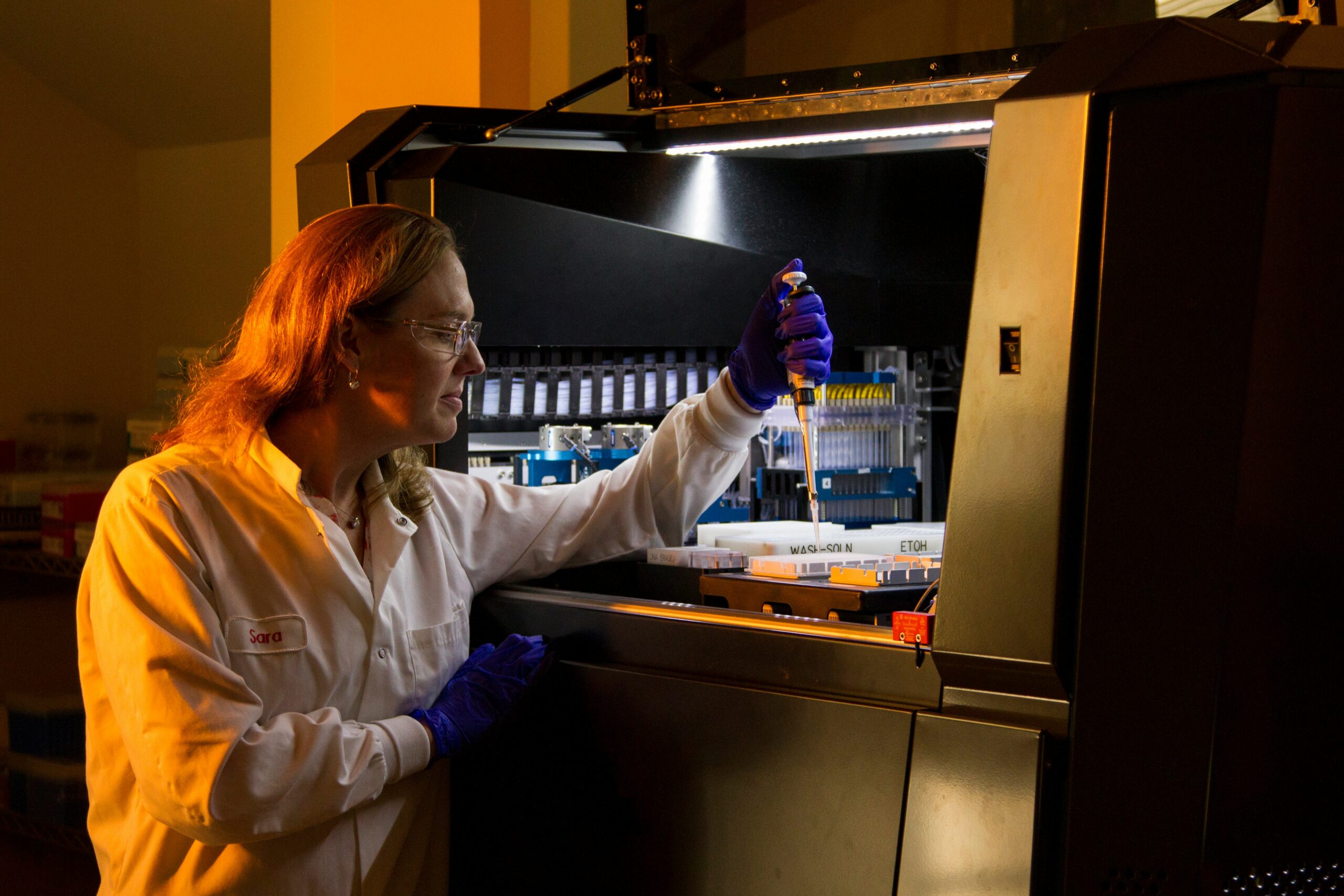
A complete peripheral blood count with a smear is the primary diagnostic test for bone marrow diseases. The test allows a qualitative and quantitative assessment of the composition and morphology of the peripheral blood, i.e., erythrocytes, leukocytes, and platelets. Doctors order a complete blood count detailing the different elements.
The analysis helps to rule out problems related to anemia and hemoglobin![]() production. With it, detecting excessive numbers and deficiencies of individual blood cells is possible. Such deviations from the norm may indicate bone marrow disorders. Due to the often asymptomatic course of the early stages of bone marrow disorders, having a regular blood count as a preventive goal is worthwhile.
production. With it, detecting excessive numbers and deficiencies of individual blood cells is possible. Such deviations from the norm may indicate bone marrow disorders. Due to the often asymptomatic course of the early stages of bone marrow disorders, having a regular blood count as a preventive goal is worthwhile.
Additional tests may be needed to detect more complex diseases and assess the patient's condition. Tests relevant to bone marrow health include coagulation tests![]() . A coagulogram is a blood test that evaluates the blood's ability to clot. It is recommended for all patients undergoing surgery and surgical procedures. It is also worth performing if a coagulation disorder is suspected.
. A coagulogram is a blood test that evaluates the blood's ability to clot. It is recommended for all patients undergoing surgery and surgical procedures. It is also worth performing if a coagulation disorder is suspected.
In addition, a panel of biochemical tests assessing the function of critical organs such as the kidneys and liver may also be necessary. When the bone marrow is not functioning correctly, it causes disturbances in blood components and oxygen transport, impairing organ function. Genetic testing is also possible for diseases with a genetic basis.
When the results obtained do not allow a precise diagnosis to be established, an aspiration biopsy is performed. A bone marrow biopsy![]() is one of the most important tests used in hematological diagnosis. The test involves taking a sample of the bone marrow using a special needle with a syringe or a biopsy, during which a bone fragment is also taken. The indications for a bone marrow aspiration biopsy are extensive. The reasons are often related to bone marrow diseases, such as leukemia.
is one of the most important tests used in hematological diagnosis. The test involves taking a sample of the bone marrow using a special needle with a syringe or a biopsy, during which a bone fragment is also taken. The indications for a bone marrow aspiration biopsy are extensive. The reasons are often related to bone marrow diseases, such as leukemia.

Bone marrow transplantation is a specialized medical procedure that involves transplanting hematopoietic stem cells into a patient. This procedure aims to rebuild a damaged hematopoietic system in a patient. Such procedures are carried out in leukemia patients, among others. In such cases, unrelated bone marrow donors must donate hematopoietic stem cells. Becoming a donor can save another person's life, but you must also meet specific requirements to become a donor.
The method used is the extraction of bone marrow from the waist of the hip bone. This procedure takes only one hour and is carried out under general anesthesia. The donor's recovery time is short and not affected by complications. Finding a suitable donor can be hard. The Bone Marrow Donors Worldwide (BMDW)![]() system was set up to help find a match. The system collects donor phenotypes from all participating registries worldwide several times a year.
system was set up to help find a match. The system collects donor phenotypes from all participating registries worldwide several times a year.
The bone marrow is an essential element, which is a tissue that produces various blood components. Each type of hematopoietic cell performs a specific task. There are problems with the stem cells or their development when bone marrow disease occurs. The causes can be various and often have a genetic basis.
One bone marrow disease belongs to leukemia, in which there are quantitative and qualitative changes in the blood cells. The diagnosis of bone marrow disease depends on the type, but a complete blood count is often used to show various abnormalities. Treatment also depends on the kind of disease. Sometimes, a bone marrow transplant procedure is used, which requires finding a suitable bone marrow donor.
Table of Contents

Aplastic anemia is an uncommon blood condition where the bone marrow works improperly. Get to know the ways to identify… read more »
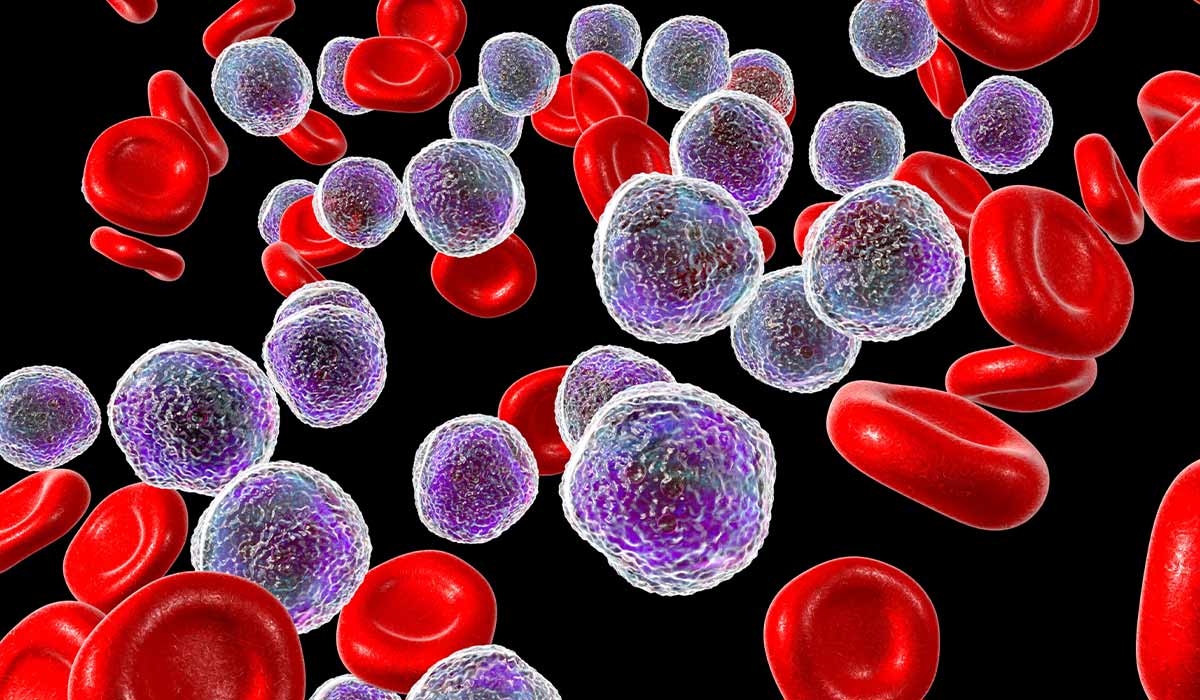
Leukemias are cancer diseases of the hematopoietic system in which cancer cells are found in the blood and bone marrow.… read more »
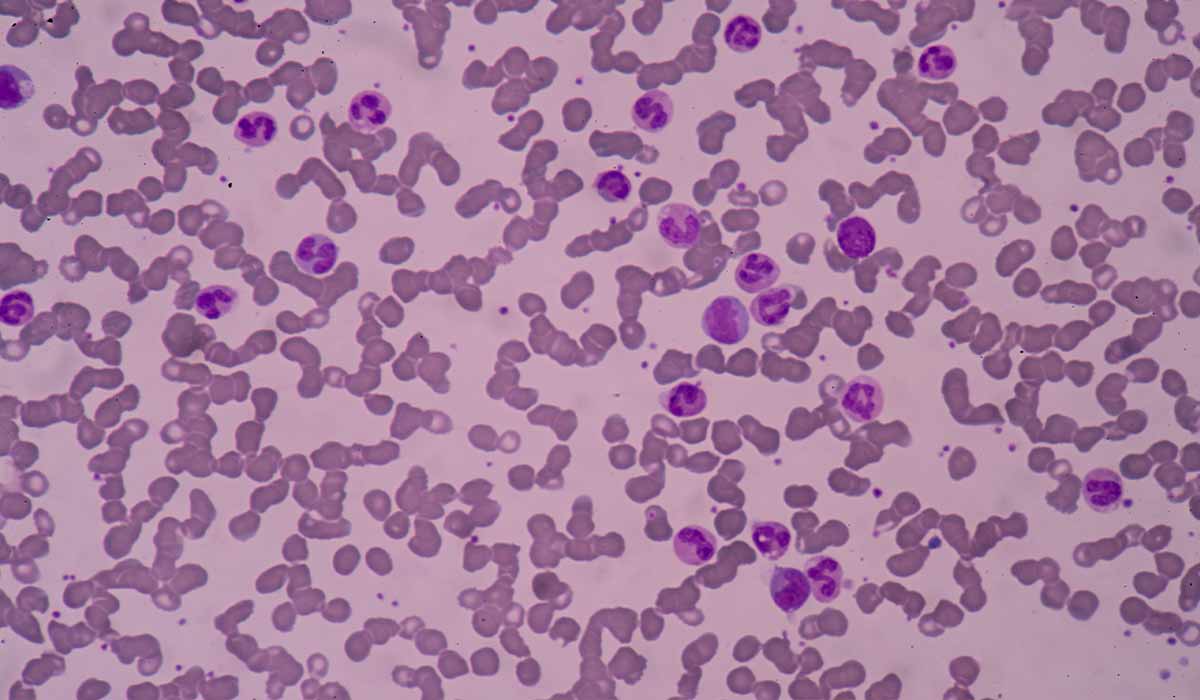
Leukocytosis is a condition in which the upper norm for white blood cells is exceeded. What are its symptoms and… read more »

Anemia is when the body does not have enough red blood cells (erythrocytes) to deliver enough oxygen to the tissues.… read more »
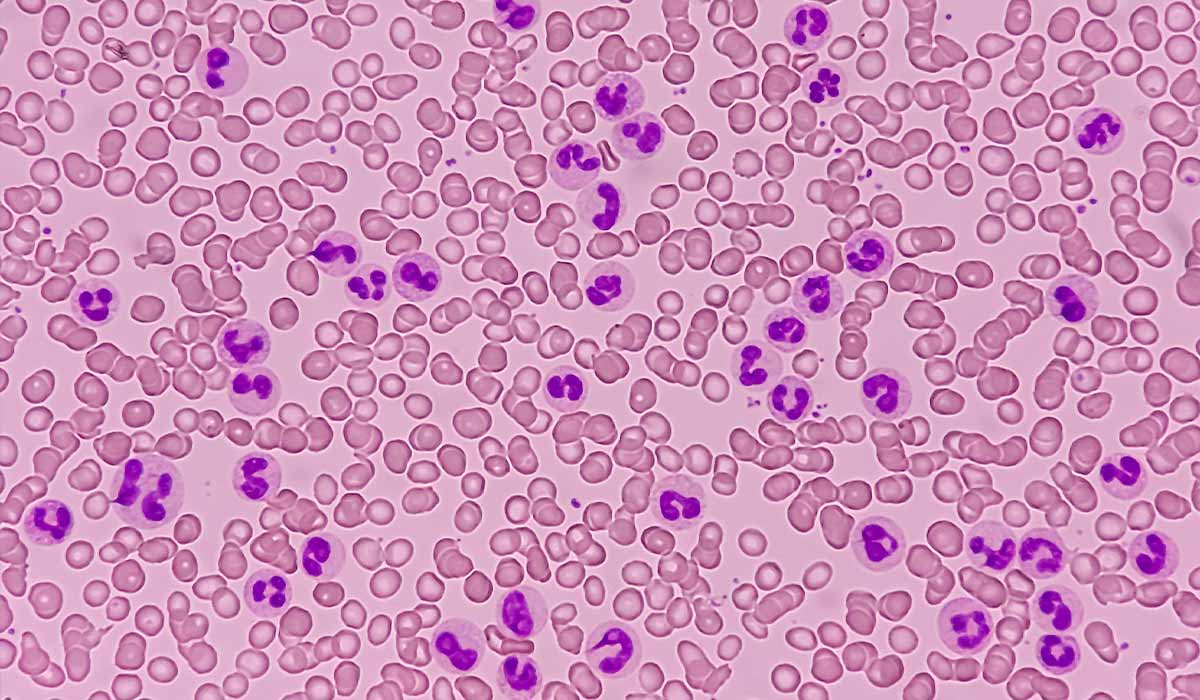
Neutrophils are a type of white cell and one of the most essential components of the human immune system. The… read more »

White Blood cells have exceptionally vital employment in a safe framework. They move through blood and lymph frameworks, attempting to… read more »
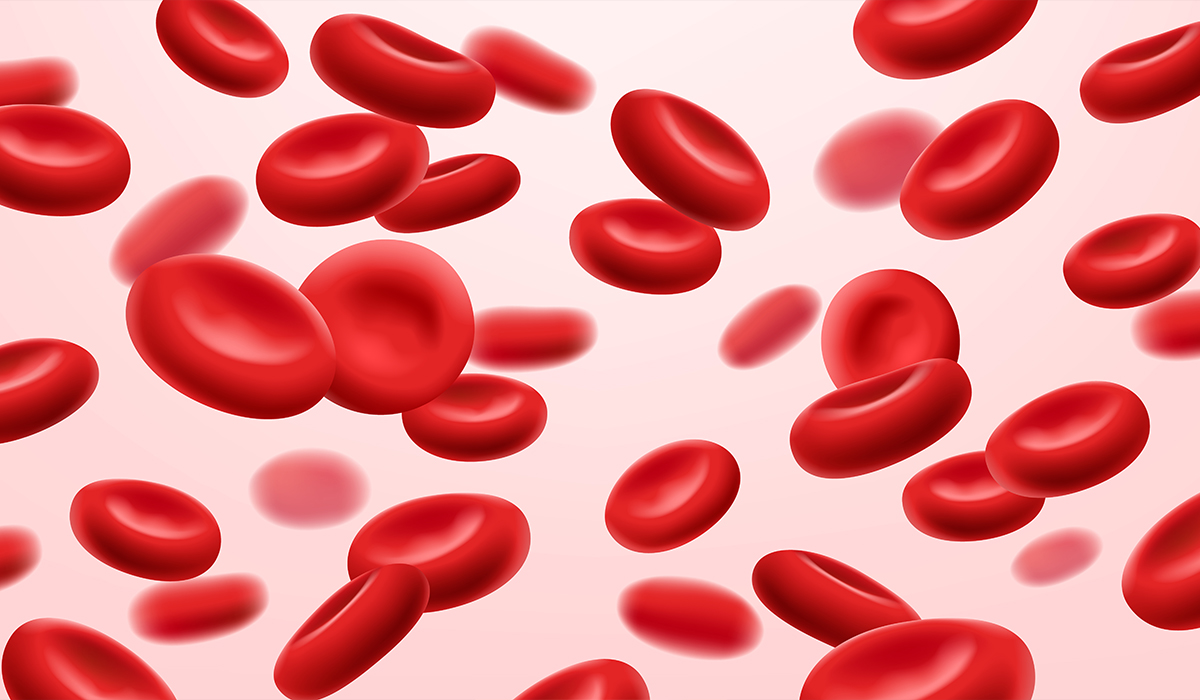
Hemoglobin is an important part of the blood. Its deficiency as well as excess negatively affects health. Learn about the… read more »

Multiple myeloma is a type of bone marrow and blood cancer. Its main symptoms are bone pain, kidney problems, anemia,… read more »
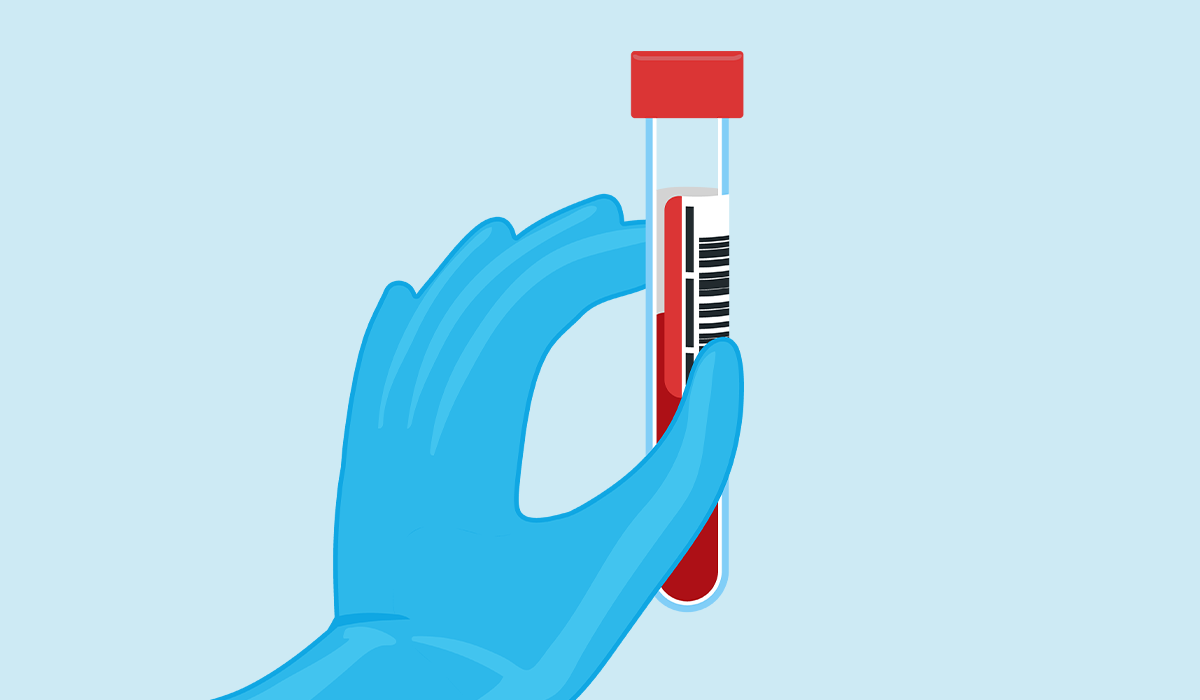
Morphology is a examination of the shape, size, and appearance of blood cells. When should you do it? read more »